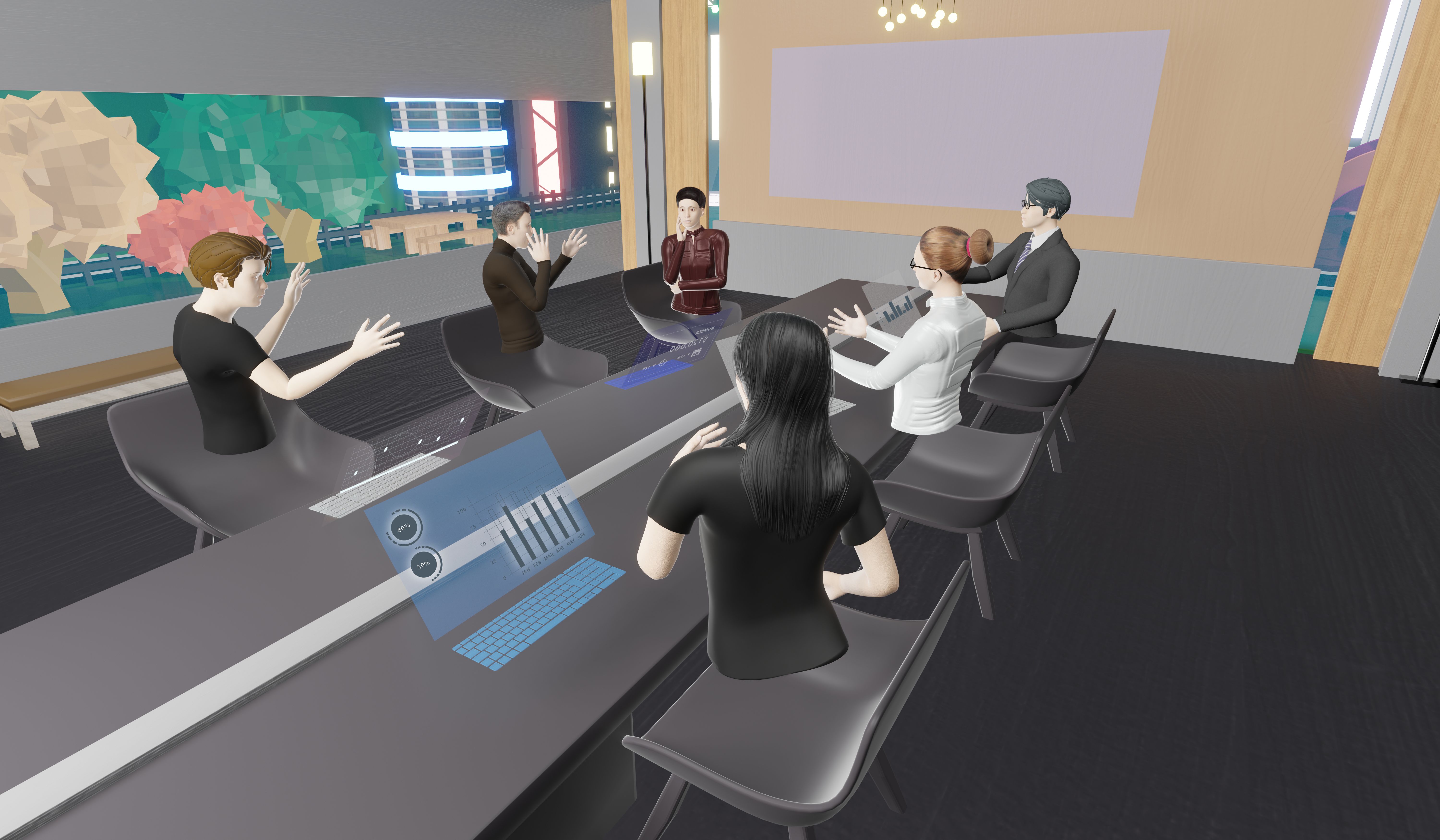
The Evolution of Business Collaborations: Virtual Reality Meetings
In an era defined by technological advancements, virtual reality (VR) emerges as a game-changer in redefining how businesses conduct meetings and collaborations. This immersive technology revolutionizes the traditional meeting landscape, transcending geographical limitations and enhancing engagement.
Immersive Experiences in Virtual Boardrooms
Virtual reality meetings transport participants into a simulated environment, allowing them to interact with each other as avatars. Whether across continents or within the same city, attendees feel physically present, fostering a sense of immersion that surpasses conventional video conferencing.
Reducing Distance, Amplifying Connection
Geographical barriers dissolve with VR meetings, enabling global teams to convene effortlessly. The shared virtual space enhances connectivity, fostering a more natural and engaging meeting atmosphere, ultimately strengthening relationships among team members.
Enhanced Engagement and Collaboration
The interactive nature of VR meetings amplifies engagement levels. Participants interact in a three-dimensional environment, able to share and manipulate virtual objects or documents in real-time, promoting collaborative discussions and problem-solving.
Cost-Efficiency and Sustainability
VR meetings offer cost-efficient alternatives to physical gatherings. Businesses can significantly reduce travel expenses associated with in-person meetings while contributing to sustainability efforts by cutting down on carbon emissions.
Overcoming Technical Challenges
Although VR meetings offer unparalleled immersion, technical challenges like hardware requirements and connectivity issues may arise. However, as technology advances, these hurdles are gradually diminishing, making VR meetings more accessible.
Security and Confidentiality Measures
Ensuring the security and confidentiality of discussions in VR meetings is imperative. Companies implementing VR solutions prioritize robust encryption and access controls to safeguard sensitive information shared within these virtual environments.
Training and Familiarization with VR Technology
Embracing VR meetings requires familiarization and training among participants. Businesses invest in educating their teams on navigating VR interfaces and utilizing the features effectively for seamless and productive meetings.
Future Innovations and Possibilities
The future of VR in business meetings holds tremendous promise. Advancements in haptic feedback, improved visual fidelity, and integration with other technologies like AI could further enhance the immersive experience and functionality.
The Impact on Business Dynamics
VR Meetings not only streamline communication but also influence organizational dynamics. The ability to foster more engaging discussions and collaborations can potentially spur innovation and decision-making within companies.
Virtual reality meetings transcend the limitations of traditional communication mediums, ushering in a new era of collaboration. As businesses recognize the potential of immersive technology to transform meetings, VR becomes a cornerstone in enhancing connectivity, engagement, and efficiency.
